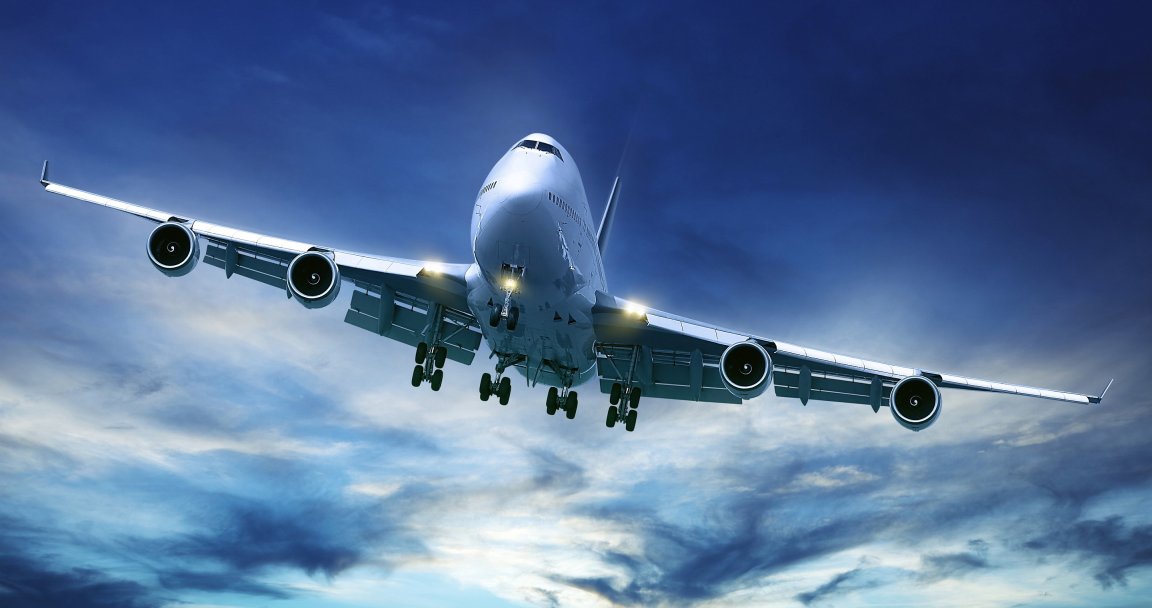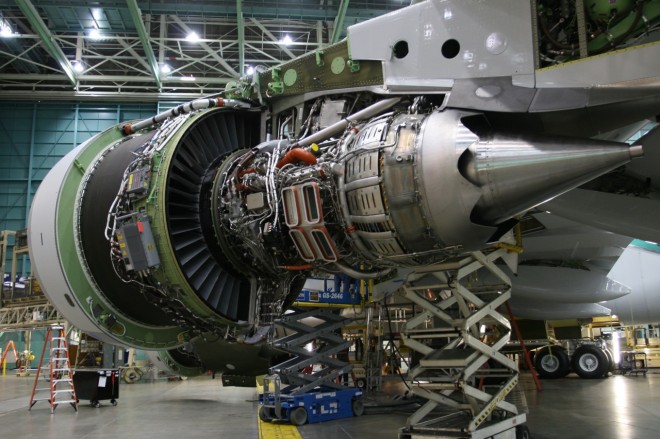
Taking to the Air
Recent years have demanded improving qualities for air travel. And in this area, Boeing delivers. In stock evaluations, analysts at Wells Fargo Securities raised their second quarter earnings per share of Boeing from $2.05 to $2.11, attributing the success to the ambition and relevance of Boeing’s plans. In the second quarter, Boeing shipped out almost 200 planes to satisfy the need for higher levels of aircraft to replace older planes. However, Boeing isn’t stopping there; they plan on changing the game with their newly approved patent for an engine powered by lasers and nuclear explosions.

Using Lasers to Power Airplanes
Airplane makers are always looking for ways to more efficiently power their products, and Boeing’s idea is just that. Current aircraft use turbofan engines, which utilize fans and turbines to compress air and ignite fuel to produce thrust for the plane. The new plan is much more ambitious.
The patent jet engine will fire lasers at radioactive material, which causes a small nuclear explosion. By-products of the reaction fly out the back of the engine, fueling the thrust of the engine. Meanwhile, the high-power neutrons that result from the reaction react with the chemical surface of the engine to create huge amounts of heat. The heat is converted to electrical energy that power the lasers.
Check out the video below for a visual representation of the process:

Sitting on Explosions
Boeing’s new design can also be applied to rockets, missiles, and spacecraft. However, the engine is yet to be physically produced; the design is simply so extraordinary and different that engineers have not yet assessed whether it is practical. Still, the design details reside in the patent for ambitious builders to look at. If the engine comes to fruition, it might be in Boeing’s best interest to secret from airplane riders that they are sitting atop a series of nuclear explosions.
Sources: Morning News USA, Business Insider
Images: Feelgraphix, Wired